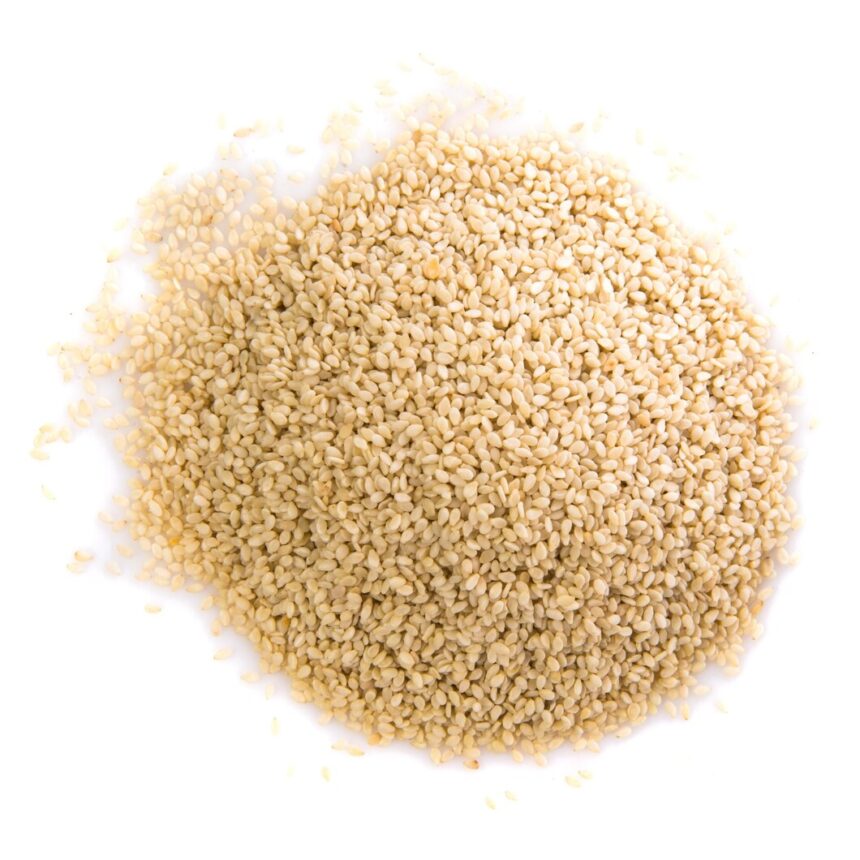Sesame (Sesamum indicum) seeds are a valuable crop known for their rich nutritional content, culinary versatility, and economic importance. In South Africa, sesame cultivation presents an opportunity for farmers to diversify their crop portfolios and tap into lucrative markets both domestically and internationally. To optimize sesame seed production and meet the growing demand for this versatile crop, farmers can implement various techniques and best practices aimed at enhancing both quality and yield. Let’s explore some key strategies for cultivating success with sesame seeds in South Africa:
1. Site Selection and Soil Preparation:
Choosing the right site and preparing the soil appropriately are critical steps in establishing a successful sesame crop. Select well-drained, fertile soils with good water retention capacity and adequate sunlight exposure. Conduct soil tests to assess nutrient levels and pH balance, and amend the soil as needed to optimize fertility. Incorporate organic matter such as compost or manure to improve soil structure and enhance nutrient availability for sesame plants.
2. Variety Selection:
Selecting high-quality sesame seed varieties adapted to local growing conditions is essential for achieving optimal yield and quality outcomes. Consider factors such as climate, soil type, disease resistance, and market preferences when choosing sesame varieties for cultivation in South Africa. Consult with agricultural experts or seed suppliers to identify varieties with proven performance and desirable traits such as high yield potential, uniformity, and tolerance to pests and diseases.
3. Planting Timing and Spacing:
Timing is crucial when it comes to planting sesame seeds for maximum yield and quality. Plant sesame seeds during the optimal planting window for your region, typically after the last frost date and when soil temperatures have warmed sufficiently for germination. Space sesame plants at the recommended planting density for your chosen variety, ensuring adequate airflow and sunlight penetration to promote healthy growth and development.
4. Irrigation Management:
Effective irrigation management is essential for maximizing sesame seed production, particularly in regions with limited rainfall or dry conditions. Provide consistent and adequate moisture to sesame plants throughout the growing season, especially during critical growth stages such as germination, flowering, and seed development. Implement irrigation scheduling based on plant water requirements, soil moisture levels, and weather conditions to optimize water use efficiency and minimize stress-induced yield losses.
5. Weed Control:
Implement proactive weed control measures to minimize competition for nutrients, water, and sunlight and ensure optimal sesame crop performance. Use a combination of cultural, mechanical, and chemical weed control methods to manage weed populations effectively while minimizing environmental impact. Practice timely and thorough weed management from pre-planting through post-harvest to maintain clean fields and maximize sesame seed yield and quality.
6. Fertilization and Nutrient Management:
Apply balanced fertilizers according to soil test recommendations to provide essential nutrients for sesame plant growth and development. Monitor nutrient levels regularly and adjust fertilizer applications as needed to maintain optimal soil fertility and crop nutrition. Incorporate organic fertilizers, such as compost or manure, to supplement synthetic fertilizers and improve soil health and fertility over time.
7. Pest and Disease Management:
Implement integrated pest and disease management strategies to protect sesame crops from common pests and diseases that can impact yield and quality. Monitor fields regularly for signs of pest infestations, such as aphids, thrips, and caterpillars, and take timely action to control populations using cultural, biological, or chemical methods as appropriate. Likewise, prevent and manage fungal diseases such as damping-off, root rot, and leaf spot through crop rotation, fungicide applications, and sanitation practices to safeguard sesame health and productivity.
8. Harvesting and Post-Harvest Handling:
Harvest sesame crops at the optimal stage of maturity to maximize seed quality and yield. Monitor seed moisture content and hull moisture to determine readiness for harvest, typically when seeds are fully developed and moisture levels have dropped to around 8-10%. Use appropriate harvesting equipment and techniques to minimize seed damage and losses during harvest operations. After harvest, handle sesame seeds carefully to prevent contamination and maintain quality during storage and processing.
In conclusion, sesame cultivation offers significant potential for enhancing quality and yield in South Africa’s agricultural sector. By implementing effective techniques for site selection, soil preparation, variety selection, planting, irrigation management, weed control, fertilization, pest and disease management, and post-harvest handling, farmers can optimize sesame seed production and capitalize on the crop’s economic and nutritional benefits. Through continuous research, innovation, and collaboration, South Africa’s sesame industry can thrive and contribute to food security, economic growth, and sustainable agriculture in the region.
Join 'Farmers Mag' WhatsApp Channel
Get the latest Farming news and tips delivered straight to your WhatsApp
CLICK HERE TO JOIN






